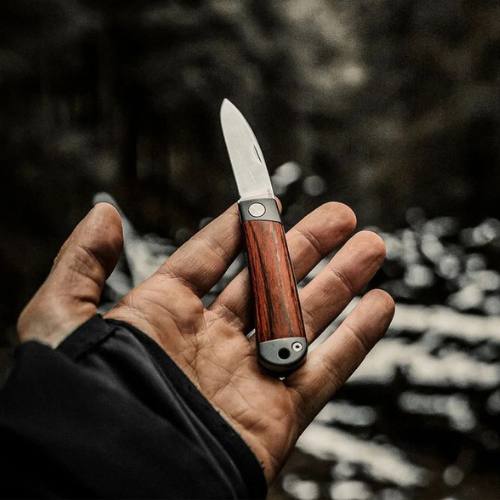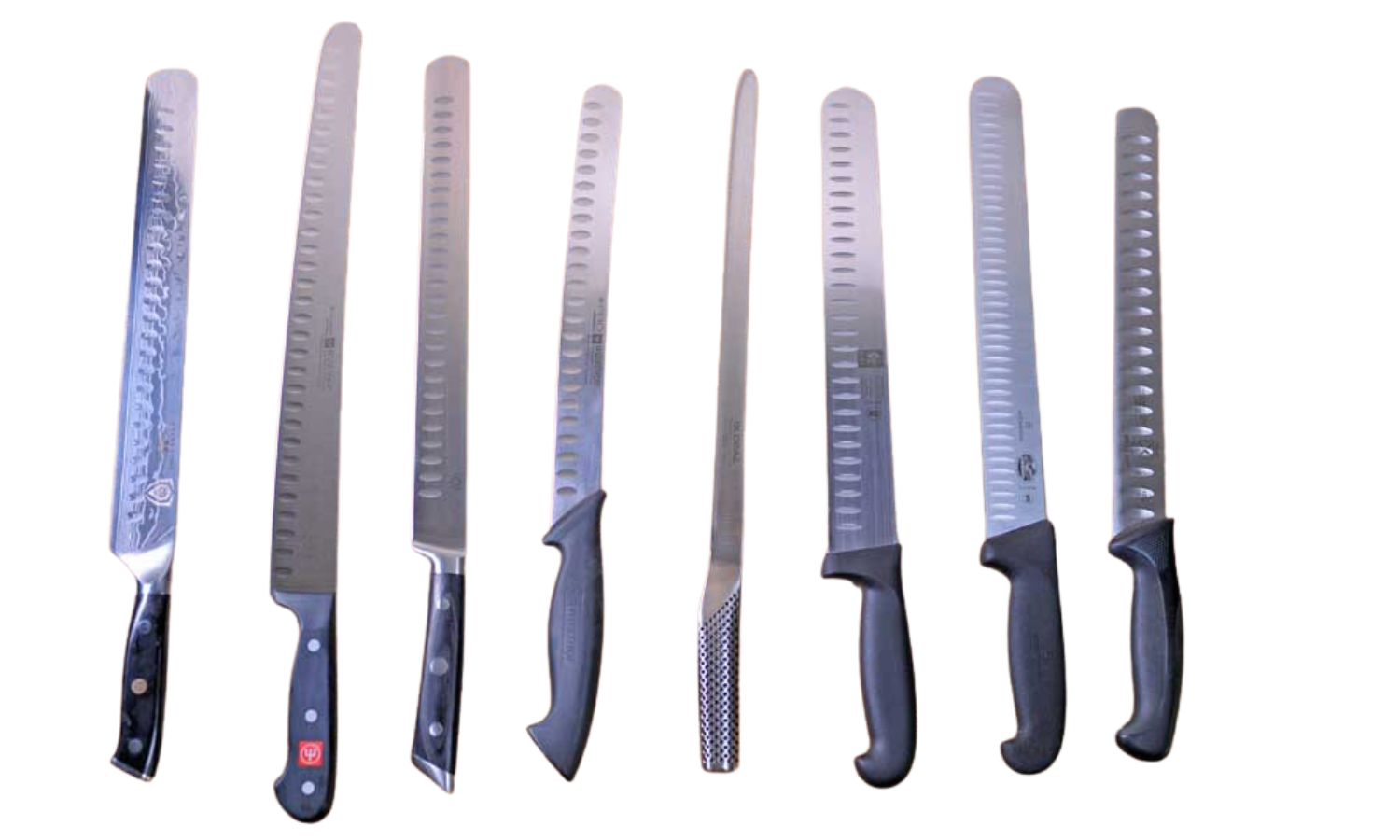Humans have needed knives from ancient times. Technology has turned knives into art. Knife handles can improve functionality and appearance. You’ll enjoy these knife handle designs.
Traditional Knife Handle Designs
Wood Handles
Wood knife handles are classic and popular. They are robust, comfortable, and give knives a natural feel. Rosewood, olive wood, and ebony can be used for handles.
Bone Handles
Knife collectors love bone handles. They are well-gripped and often carved. Bone handles are constructed from cow or buffalo bones.
Horn Handles
Knives traditionally have horn handles. Durable, water-resistant, and comfy. Buffalo or ram horn handles are common.

Modern Knife Handle Designs
G10 Handles
G10 handles are fiberglass-resin composite. They are lightweight, robust, and grip well in damp circumstances. G10 handles can be coloured and textured for grip.
Micarta Handles
Micarta handles are layered resin-soaked fabric, paper, or other materials. They are lightweight, robust, and grip well even when wet. Micarta handles can be coloured and textured.
Carbon Fiber Handles
Carbon fibre handles are light, sturdy, and unique. Resin-bonded braided carbon fibres make them. High-end knives have carbon fibre handles.
Titanium Handles
Lightweight, sturdy, and corrosion-resistant titanium handles. They are elegant and anodized for color. Titanium handles are costly but worth it.
Damascus Steel Handles
Damascus steel handles feature a unique pattern and texture from stacking and forging several steels. High-end knives employ them for grip.
Resin Handles
Resin handles contain wood or bone. They’re light, strong, and customizable.
Kirinite Handles
Kirinite resin handles are translucent and polished. They are tough and colourful. Custom knives have kirinite handles.
Custom Knife Handle Designs
Hand-Engraved Handles
Custom knives often have hand-engraved handles. They are usually made of bone or wood and engraved.
Inlaid Handles
Inlaid handles embed metals, wood, or bone into the handle material. This makes the handle unique and deep. Custom knives often have inlaid handles.
Layered Handles
To produce a distinctive design, layered handles are bonded together. This method works with wood, bone, and resin. Custom knives benefit from layered handles’ color and pattern options.
Polymer Clay Handles
Moulded polymer clay handles are distinctive. Colour and texture can make clay designs unique. Polymer clay handles are light, robust, and customizable.
Maintenance of Knife Handles
Cleaning and maintaining your knife handle regularly is vital. Handle material determines maintenance. Resin handles can be cleaned with soap and water, while wood handles should be kept dry to avoid swelling or breaking. Oiling or waxing bone or horn handles prevents drying.
Conclusion
Finally, knife handles have evolved from bone, horn, and wood. G10, Micarta, carbon fibre, and titanium knife handles provide functionality and elegance. Custom knife handles add a personal touch and must be maintained to last.
FAQs
1. Can knife handles be repaired?
Professional knife makers and repairers can fix some handles, depending on the material.
2. Are custom handles more expensive?
Custom knife handles cost more since they take longer to make.
3. What is the best way to clean a knife handle?
Material affects knife handle cleaning. Resin handles can be cleaned with soap and water, whereas bone or horn handles should be washed with a moist cloth and oiled or waxed to avoid drying.
4. Most popular knife handle material?
Traditional wood handles are the most common, although modern G10 handles are.
5. Can a knife handle affect the knife’s performance?
Knife handles affect performance. A well-designed handle improves grip, balance, and comfort, boosting knife performance.
